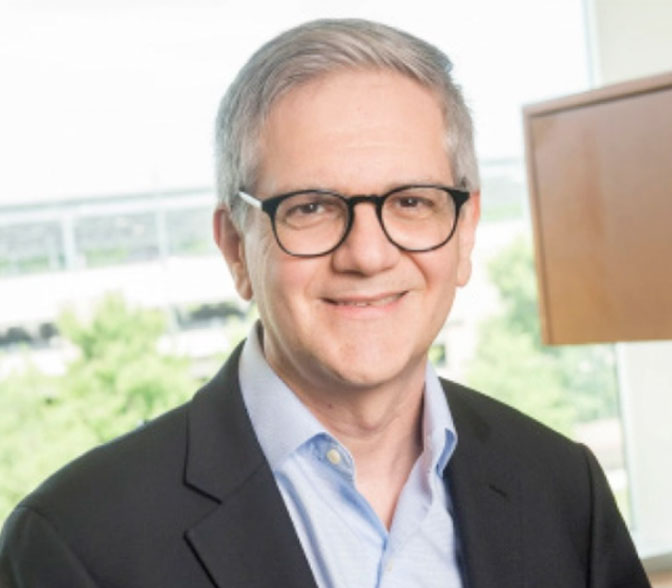Our commitment to HIV

For more than 30 years, our company has been committed to addressing the global challenge of the HIV epidemic.1,2
With over 37.9 million people infected and 1.7 million new infections each year globally2, the challenges of HIV are vast, impacting both developed and developing countries. These challenges include scientific, behavioral and programmatic aspects that continue to change as the epidemic evolves.
Since 1985, we’ve been engaged in research and development (R&D) efforts in both prevention and treatment of HIV. These efforts continue today. But research is just one part of our comprehensive strategy to address unmet needs in combatting HIV.
Our company has also sought to make a difference in the fight against HIV through efforts to enhance access to our HIV medicines, particularly in the developing world, and through partnerships that seek to strengthen health systems to better deliver prevention and treatment services. Clearly, the need is too great for any one stakeholder to address, requiring coordinated efforts among many organizations.
We are committed to working with governments, donors, innovative and generic manufacturers, multilateral organizations, and civil society to address the full range of factors affecting access. After a decade of a wide range of efforts to increase access to HIV treatment in the developing world, it is clear that access to care is about more than just the price of medicines, and that collaboration has been essential to the progress made against HIV.
We have seen that increasing access requires a broad, comprehensive approach. Consequently, we are committed to improving patient access through expanded availability, enhanced access strategies and multisectoral partnerships.
To make these possible, we have employed multiple strategies to address the needs of particular regions and countries, including: seeking rapid and broad registration of our antiretroviral medicines (ARVs); providing support for clinical studies in resource-limited settings; implementing differential-pricing strategies; signing voluntary licenses with generic manufacturers; developing paediatric formulations; and establishing strong collaborations with governments, manufacturers and other stakeholders.
Our company has had an intensive, broad-based HIV clinical research program in place since 1985 that has sought to address both treatment and prevention.1
In addition to our own research efforts, we have entered into collaborations with other researchers and scientific organizations to help accelerate the search for new treatments and possible cures. Our work has been pioneering, and was pivotal in the development of new antiretroviral (ARV) treatments including protease inhibitors (PIs), non-nucleoside reverse transcriptase inhibitors (NNRTIs), and integrase inhibitors. We have also played an important role in collaboration with others to define the principles for combination ARV treatment that are the standard for today’s treatment paradigm.
Since the first HIV products became available nearly two decades ago, our company has worked to expand access to our medicines, build health care infrastructure, and address health and development challenges around the world.
We continue to focus on comprehensive research and development that targets HIV, recognizing the need for new methods to address the epidemic. Our current R&D work in HIV includes programs to develop novel HIV-prevention technologies, new HIV antiretroviral medicines, and approaches to addressing HIV latency, eradication and cure.
References:
1 – MSD Corporate Responsibility Report HIV/AIDS 2016/2017 (REF-8318)
2 – UNAIDS Global HIV & AIDS statistics — 2019 fact sheet. https://www.unaids.org/en/resources/fact-sheet. [Accessed 29 October 2019].

